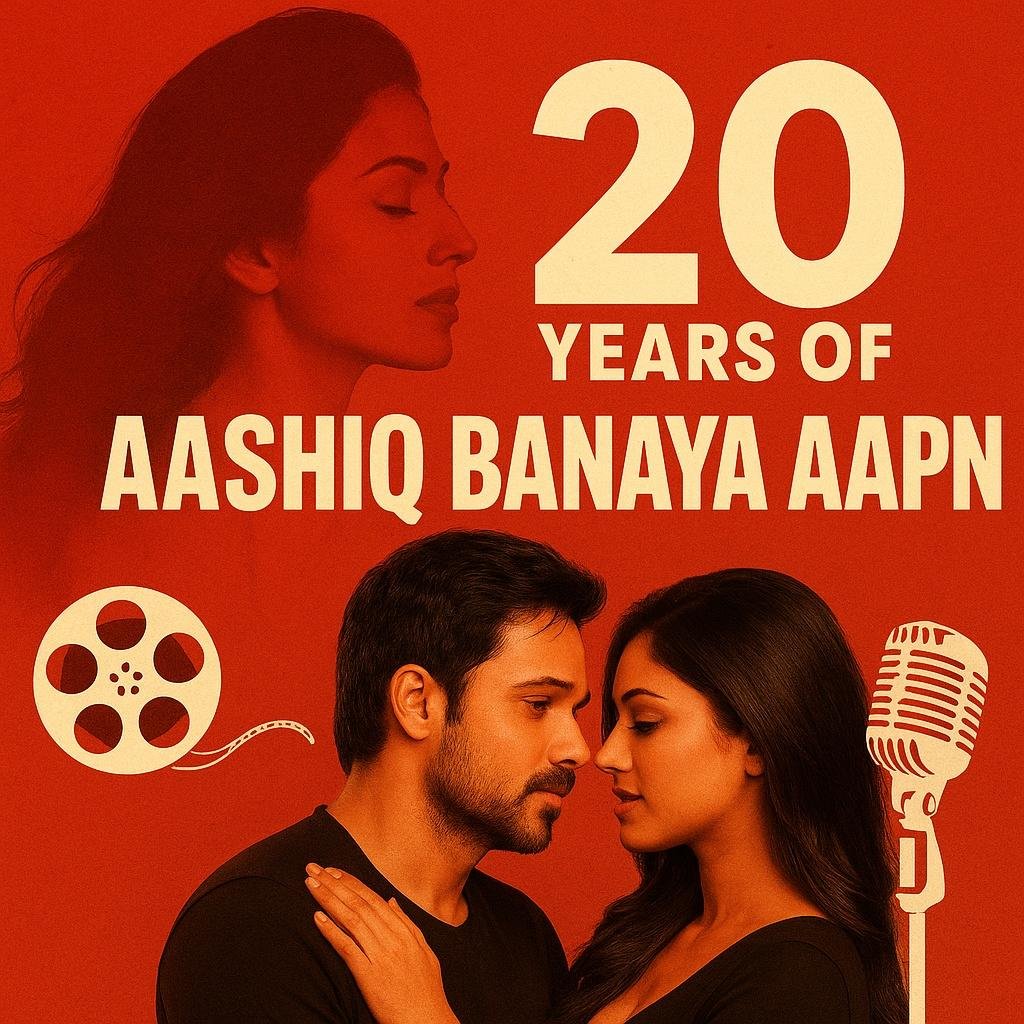Introduction
Every great career has a turning point. For Shreya Ghoshal, that pivot came in a quiet recording room where the goal was not perfection, only comfort. She had been invited to sit in on rehearsals for a new film, a grand period saga that would go on to redefine early 2000s Hindi cinema. The director was Sanjay Leela Bhansali, a filmmaker whose sets thrum with music, whose frames breathe in rhythm, and whose instincts about voices often feel prophetic.
What followed is now part of modern film lore: a “let us just try one run” moment that became the take millions would eventually memorize. The song was “Bairi Piya” from Devdas. The singer was a teenager on the brink of history.
The Discovery: When Instinct Meets Preparation
Before Devdas reached cinemas, Ghoshal had already been noticed in music circles for her extraordinary pitch discipline and a voice that sounded effortless at soft dynamics. Bhansali invited her to be present during rehearsals so she could live inside the musical environment rather than merely turn up for a mic check. This is a hallmark of his process. He does not treat a song as an isolated audio file. He treats it as a scene in the story.
Actors rehearse moves. Light crews rehearse cues. Singers rehearse feelings.On the day that mattered, the plan was simple. Put on the headphones, sing through once, and see whether the room, the mic, and the arrangement felt natural. In Ghoshal’s retelling, there was no pressure cooker directive, no theatrical speech about destiny. There was only a test run. She sang. The room blinked.
Why “Bairi Piya” Works: A Short Anatomy Of A Timeless Recording
“Bairi Piya” sits at the intersection of classical elegance and filmi romance. The melody leans into gentle bends and ornamental turns that reward a clean, steady airflow. The phrases are built to sound conversational, almost as if a shy smile were being sung. That quality is harder to achieve than it seems. It demands a singer who can stay perfectly in pitch while shading words with micro inflections rather than loud declarations.
Listen for three things and you will hear why the take feels alive:
- Breath as punctuation: The inhalations are placed like commas, never chopping a word, always lifting a phrase.
- Unforced ornamentation: The little turns, trills, and meends are whispered rather than announced, which keeps the character grounded.
- Diction with emotion: Consonants arrive soft and rounded. Vowels bloom at the center of each note and then narrow with intention, giving the song its signature glow.
The duet partner’s warmth completes the circle. The male and female lines trade admiration with restraint, letting space do part of the work. In the final mix, you can practically see the characters walking two steps closer and then pausing, the sound carrying a private smile across a courtyard.
Inside Bhansali’s Music-First Direction
Sanjay Leela Bhansali treats a soundtrack like the scaffolding of his film. He is known to sit in on vocal takes with a script in hand, stopping not for technical errors but for emotional truth. If a phrase is perfect in pitch yet feels rushed in feeling, he will ask for silence, conversation, and then another try. The North Star is not a note on a staff. The North Star is the character’s inner life.
That is why the so called test made sense to him. The studio is most honest in the warmup. A singer who is not trying to impress often reveals their real color. Bhansali’s long experience allowed him to catch lightning and bottle it without asking the storm to pose for a photograph. He trusted the moment. He trusted his ear. He trusted that the right voice, when unguarded, would tell the truth he wanted to film.
The Singer Behind The Moment: Training, Temperament, And Timing
Talent is a door key. Training is the staircase. Ghoshal’s foundation in classical music meant her body already knew how to support a line, place a resonance pocket, and keep a soft note alive without wobble. That sort of poise is the product of years of riyaz. It is also a temperament. She sings like someone who loves words as much as notes. That combination is rare. It lets a vocalist be technically invisible. Listeners cannot see the work. They only feel the scene.
Timing mattered too. She entered an industry eager for melodic confidence in a pop landscape that was beginning to flirt with extreme production tricks. “Bairi Piya” reminded audiences that a human voice recorded cleanly can still do the heavy lifting. You do not need to stack eight layers to manufacture emotion when a single line, sung honestly, will carry it.
A Studio Snapshot: What A “One Take” Really Means
It is easy to romanticize a first pass that becomes the take, so let us demystify it and still honor its magic. A one take is never a miracle in isolation. It rides on:
- Preparation: The singer has rehearsed the song’s arc and knows the emotional beats.
- Setup: The microphone suits the voice, the room is tuned, the headphone mix does not distract.
- Direction: The brief is crystal clear. In this case, innocence with inner strength.
- Surrender: The performer stops performing and simply inhabits the scene.
When all four align, a test take can carry the unique breath of a first meeting between character and melody. Subsequent takes can be cleaner, louder, or more ornate, yet that first one often holds the unrepeatable ease of discovery. Bhansali recognized that fingerprint and refused to polish it off.
The Afterglow: A Career That Never Looked Back
“Bairi Piya” did more than introduce a new voice. It reintroduced intimacy to mainstream film music. The success turned industry attention toward Ghoshal, and within months her name became a quiet guarantee of quality. She moved across languages and genres, adapting to composers with vastly different palettes, yet keeping the steady core that listeners first loved.
Her continued collaborations with Bhansali carried that original trust forward. Think of the way her voice frames opulent visuals, from richly choreographed dance pieces to hushed character moments. She knows how to cut through the grandeur without ever sounding detached from it. That synergy is rare. It happens when a director hears a singer as a storyteller and a singer hears a director as a musician.
Bhansali’s Broader Lesson For Creators
For composers, directors, and producers, the “Bairi Piya” story is a nudge to protect the human spark. Technology is a gift, yet it is also a temptation. The ability to fix everything can erase the things that make a performance feel lived in. Bhansali chose to keep the take that breathed. He made space for vulnerability inside a film known for its scale. That decision is a reminder to anyone leading a creative process: your job is not only to demand excellence. It is to notice it when it arrives in an unexpected, unguarded form.
The Listener’s Role: Why The Song Still Feels New
A recording endures when it invites participation. “Bairi Piya” leaves you room. The melody is clear enough to hum, the tempo gives your breathing a place to rest, and the singing sits close to the ear. You are not being sung at. You are being sung to. That intimacy turns a film song into a personal keepsake. People return to it for comfort, for memory, and for the small joy of recognizing, once again, how a voice can sound like a secret.
Conclusion
Shreya Ghoshal’s recollection of being discovered for “Bairi Piya” is not only a charming anecdote about fate. It is a field note on preparation, trust, and the craft of listening. A director with a music first heart invited a young singer to treat the studio like home. She did. The so called test run caught the honesty they both were chasing, and the final release carried that honesty into millions of homes.
Two decades later, the lesson holds. Be ready even when no one is watching. Lead with feeling. Do the quiet work that makes softness strong. And if you find yourself in a room where a mentor says let us just try one pass, remember that history sometimes chooses the take you did not overthink. “Bairi Piya” remains proof that the right instinct, meeting the right preparation, can turn a simple headphone check into a beginning that never ends.







